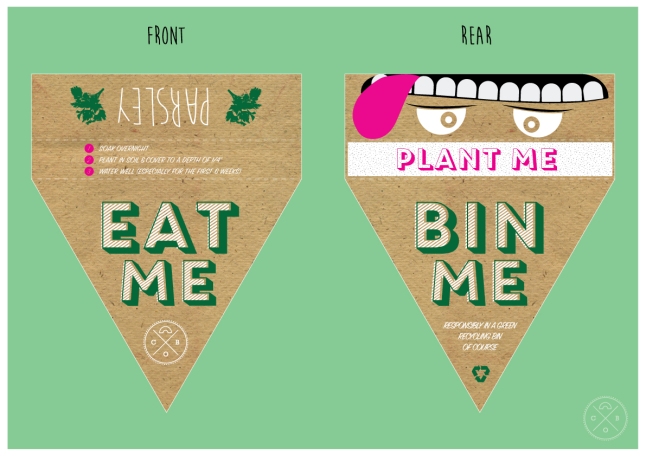GDES3003 – GREEN DESIGN
CAT visit – 12th November 2015
This week our little group huddled together on a rather cosy cross country mini-bus trip to the Centre for Alternate Technology (CAT) in Powys, Wales.
A brief uphill walk from the carpark (the water powered cable-car/lift was out of order) saw us entering the centre.
It was really interesting to see the number of different initiatives and technologies that were in use at the centre. The only downside being that we barely had time to look at anything as headed straight to the restaurant area for a bite to eat, before being taken into the Sheppard lecture hall for a talk by Ann, one of CAT’s lecturers.
The walls of the lecture theatre were of particular interest as they are made from compacted mud (mud, clay, grit composite) which is extremely hard and structurally strong, not to mention aesthetically very beautiful. The walls are designed to store heat and also feature a number of vents with sensors in that regulate the temperature in the theatre. The whole centre is built to be ‘low impact’ with materials sourced locally.
The roof was of particular interest to me as it features a circular cover that can be rotated to reveal a skylight that allows more natural light into the theatre. It features a really clever pivot and rail system that allows it to spin into/out of place.
The lecture also featured a wider remit of issues for us to consider and discuss, from climate change, eco footprint and bio-diversity reports as well as a number of on screen charts and infographics that showed the effects of climate change over time and by nation.
It was also interesting to learn how they have a computerised booking system for the lecture theatre, from this they are able to regulate the heating so that the room is only warmed as needed and so energy is not wasted when the room is not in use.
References
I took note of a few interesting websites, which I have referenced below:
Hans Roslings’ Gapminder – http://www.gapminder.org
Laura’s Larder – http://blog.cat.org.uk/category/lauras-larder/
WWF Carbon footprint calculator – http://footprint.wwf.org.uk
WWF Biodiversity – http://wwf.panda.org/about_our_earth/biodiversity/
If Bee’s were lost we’d be done for in 3 years!
The above statement was made during the lecture, I’m not sure where it originated but it’s interesting and so I did a little investigation and found this really interesting article :
http://nativeplantwildlifegarden.com/will-we-all-die-if-honey-bees-disappear/
They also had a cob oven and social eating space around it on site. I made sure to take photographs as this is obviously of particular interest given our current brief. I was particularly interested in the space around the cob oven and how CAT had opted to create a seated area and the create a cover over the entire space.

CAT’s Cob Oven

This is the covered, seating area that can be found where the Cob Oven is

The sheltered area had red panelling in some places which created really interesting light. It looked especially beautifully as it was covered by Autumn leaves

Beautiful natural patterns, of which there are many at CAT
To name but some of these themes (there were loads more):
Perceived obsolescence (phones etc), properties of materials, energy efficiency (inc Cob Ovens), climate change, Zero Carbon Britain, The Living Planet Report 2015, Hans Rosling/Gapminder/his mother’s washing machine (TED Talk video), quality of life, decarbonising the economy, travel & food (the most contentious aspect?), Laura’s Larder, the FairPhone (& it’s sustainable packaging), the largest users of resources per person (countries, Living Planet report), the future viablility of air travel, Nuclear Power vs renewables – costings, government cuts/impacts, rammed earth buildings, the Sheppard Theatre/it’s heating/cooling methods, locality of materials.. The list goes on..
(The above is taken from our module blog, but it gives a good overview of subjects that were covered on the day that I may not have mentioned).
Photographs
I also took a number of photographs whilst I was which can be found by following the link below (Couldn’t include them all on this blog due to upload restrictions).
Check my Flickr album here – CAT Trip Photo’s 12/11/15
















































































